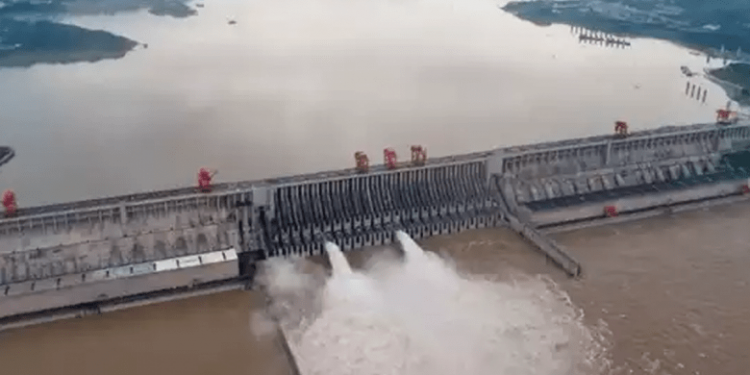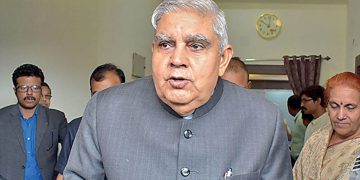Beijing: China played down Thursday its plan to build a major dam in the lower reaches of the Brahmaputra river in Tibet. It said there is no need to have ‘any anxiety’ over the project. Beijing will continue to have ‘good communication’ with lower riparian states – India and Bangladesh regarding construction of the major dam. .
The plan to build the dam over Brahmaputra, reportedly at Medog in Tibet was disclosed by Yan Zhiyong at a conference recently. He is the chairman of the ‘Power Construction Corp of China’.
The over 3,800-km-long Brahmaputra is one of the longest rivers in the world. It passes through China, India and Bangladesh and has several tributaries and sub-tributaries.
Yan said China will ‘implement hydropower exploitation in the downstream of the Yarlung Zangbo River (the Tibetan name for Brahmaputra) and the project could serve to maintain water resources and domestic security’, the ‘Global Times’ reported Sunday.
Asked about China’s plans to build the dam over the river near the Line of Actual Control (LAC) near Arunachal Pradesh where the Brahmaputra enters India, Chinese Foreign Ministry spokesperson Hua Chunying told a media briefing Thursday that the ‘hydropower development in the lower reaches of Yarlung Zangbo river is China’s legitimate right. When it comes to use and development of cross border rivers, China always acts responsibly,” she said.
“We have a policy featuring development and conservation and all projects will go through science-based planning and assessment giving full consideration to impact downstream and accommodating the interests of upstream and downstream regions,” Hua informed.
“The development of lower reaches of Yarlung Zangbo is in the early stages of planning and assessment. There is no need to read too much into that,” she added.
As a lower riparian state with considerable established user rights to the waters of the trans-border rivers, the Indian government has consistently conveyed its views and concerns to the Chinese authorities and has urged them to ensure that the interests of downstream states are not harmed by any activities in upstream areas.
“For a long time, China, India and Bangladesh have had good cooperation in sharing hydrological information, flood and disaster reduction and contingency management. We will continue communication through existing channels,” the Chinese foreign ministry informed.
Asked whether China will discuss the future course of action with India and Bangladesh, she said, ‘actually, for a long time the three countries – China, India and Bangladesh – have been in close communication on sharing hydrological information, flood prevention and disaster reduction and contingency management’.
“Going forward China, India, Bangladesh and other concerned countries will continue to have good communication. There is no need for any anxiety on this matter,” asserted Hua.
India and China established Expert Level Mechanism (ELM) in 2006 to discuss various issues related to trans-border rivers.
Under existing bilateral Memorandums of Understanding, China provides hydrological information of Brahmaputra River and Sutlej River to India during the flood seasons. Under the arrangement, China provides flood season data of the Brahmaputra river between May 15 and October 15 every year.
The report raised concerns in India as China has already operationalised the USD 1.5 billion Zam Hydropower Station, the largest in Tibet in 2015.
The dams in Tibet are a cause of concern for India as besides controlling the flow of the water, they could release large volumes of water in times of war.






































